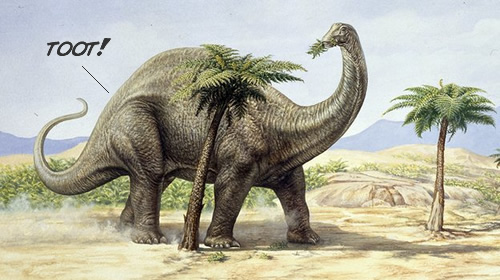Today's readers have been in:
Timisoara, Romania
Groningen, Netherlands
Bangkok, Thailand
Zurich, Switzerland
Johannesburg, South Africa
Taipei, Taiwan
Dublin, Ireland
Cork, Ireland
Kuching, Malaysia
Tallinn, Estonia
San Juan, Puerto Rico
Petaling Jaya, Malaysia
Amersfoort, Netherlands
Zagreb, Croatia
Kuala Lumpur, Malaysia
Athens, Greece
Vienna, Austria
Kuantan, Malaysia
Doha, Qatar
Skudai, Malaysia
Islamabad, Pakistan
Kluang, Malaysia
Dhaka, Bangladesh
Rome, Italy
Amsterdam, Netherlands
Riga, Latvia
Warsaw, Poland
Limerick, Ireland
Banja Luka, Bosnia & Herzegovina
Alor Setar, Malaysia
Muar, Malaysia
Mombasa, Kenya
Singapore, Singapore
Kuala Terengganu, Malaysia
Kluang, Malaysia
Bern, Switzerland
Prague, Czech Republic
Groningen, Netherlands
Bangkok, Thailand
Zurich, Switzerland
Johannesburg, South Africa
Taipei, Taiwan
Dublin, Ireland
Cork, Ireland
Kuching, Malaysia
Tallinn, Estonia
San Juan, Puerto Rico
Petaling Jaya, Malaysia
Amersfoort, Netherlands
Zagreb, Croatia
Kuala Lumpur, Malaysia
Athens, Greece
Vienna, Austria
Kuantan, Malaysia
Doha, Qatar
Skudai, Malaysia
Islamabad, Pakistan
Kluang, Malaysia
Dhaka, Bangladesh
Rome, Italy
Amsterdam, Netherlands
Riga, Latvia
Warsaw, Poland
Limerick, Ireland
Banja Luka, Bosnia & Herzegovina
Alor Setar, Malaysia
Muar, Malaysia
Mombasa, Kenya
Singapore, Singapore
Kuala Terengganu, Malaysia
Kluang, Malaysia
Bern, Switzerland
Prague, Czech Republic



 John
Pemberton earned a medical degree when he was only 19 years old -and
then worked as a pharmacist, trying to invent new drugs. He particularly
needed a new kind of pain relief, as he was badly wounded in the War Between the States and had become addicted to morphine for relief.
John
Pemberton earned a medical degree when he was only 19 years old -and
then worked as a pharmacist, trying to invent new drugs. He particularly
needed a new kind of pain relief, as he was badly wounded in the War Between the States and had become addicted to morphine for relief.
 Grandpa
was driving with his 9 year old granddaughter and beeped the horn by
mistake. She turned and looked at him for an explanation.
Grandpa
was driving with his 9 year old granddaughter and beeped the horn by
mistake. She turned and looked at him for an explanation. This
life-imitating-movie story is one for the books: in order to prevent his
home from being foreclosed, Thomas Prusik Parkin decided that the only
course of action was to impersonate his dead elderly mother and sue ...
himself.
This
life-imitating-movie story is one for the books: in order to prevent his
home from being foreclosed, Thomas Prusik Parkin decided that the only
course of action was to impersonate his dead elderly mother and sue ...
himself.



 For more than 10 years, Susann Bashir worked as a fiber optics network builder for AT&T in Missouri.
For more than 10 years, Susann Bashir worked as a fiber optics network builder for AT&T in Missouri. 




 If
you think your computer has got bugs in it, wait till you hear this: scientists
are working with a strain of magnet-making bacteria that may one day become
part of a biological computer.
If
you think your computer has got bugs in it, wait till you hear this: scientists
are working with a strain of magnet-making bacteria that may one day become
part of a biological computer.




 Horse origins mystery 'solved'
Horse origins mystery 'solved'